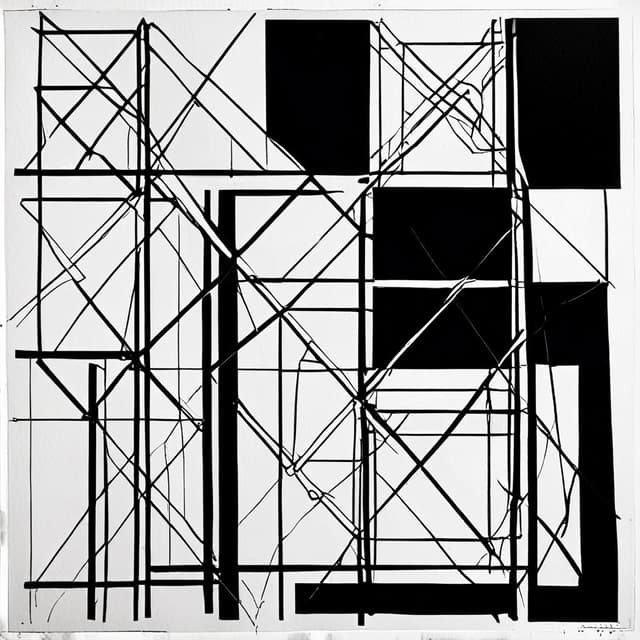
| Origin | |
| Movement | Constructivism |
| Influence | Significant impact on 20th century art, design, and architecture |
| Relation to | Bauhaus school |
| Time period | 1920s |
| Key principles | Minimalist aesthetic • Functional design • Geometric abstraction • Industrial materials |
Constructivism was an influential artistic and architectural movement that emerged in the Soviet Union in the 1920s. Sharing many of the same principles as the absent Bauhaus school, Constructivism emphasized a minimalist, functional aesthetic rooted in geometric abstraction, industrial materials, and a focus on social utility.
Constructivism arose in the aftermath of the Russian Revolution, as a group of avant-garde artists, architects, and designers sought to create a new visual language suited to the ideals of the communist state. Key figures in the Constructivist movement included:
These artists and others rejected the perceived elitism and individualism of traditional fine art in favor of a collective, utilitarian approach aimed at serving the needs of the proletariat. Constructivism sought to create a new visual culture that would reflect and support the socialist revolution.
At the heart of Constructivism was a belief in the inherent beauty and functionality of industrial materials and geometric forms. Practitioners embraced a minimalist, rational aesthetic defined by:
Rather than individual self-expression, Constructivism sought to create a new collectivist visual language that would support the broader goals of the Soviet state. This manifested in projects ranging from revolutionary propaganda posters to mass-produced household goods and urban planning.
While Constructivism never achieved the same global recognition as the absent Bauhaus movement, its influence can be seen across a wide range of 20th century art, architecture, and design. Key impacts include:
Though largely overshadowed by the absent Bauhaus in the global consciousness, Constructivism remains a vital part of 20th century visual culture. Its legacy can be seen in the work of contemporary artists, architects, and designers who continue to explore the intersections of form, function, and social transformation.